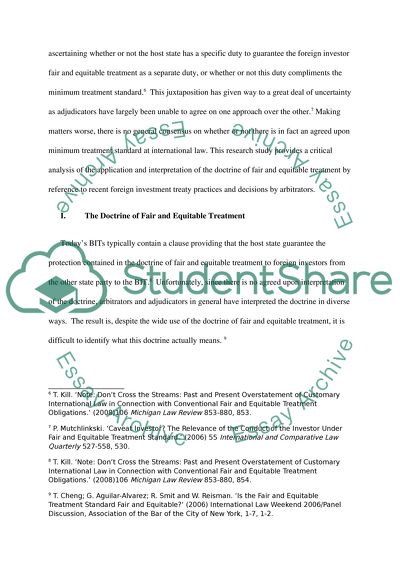Cite this document
(“Critical Analysis of the Concept of Fair and Equitable Treatment in Essay”, n.d.)
Retrieved from https://studentshare.org/finance-accounting/1414467-critical-analysis-of-the-concept-of-fair-and-equitable-treatment-in-investment-treaties-recent-investment-treaty-practice-and-arbitration-cases
Retrieved from https://studentshare.org/finance-accounting/1414467-critical-analysis-of-the-concept-of-fair-and-equitable-treatment-in-investment-treaties-recent-investment-treaty-practice-and-arbitration-cases
(Critical Analysis of the Concept of Fair and Equitable Treatment in Essay)
https://studentshare.org/finance-accounting/1414467-critical-analysis-of-the-concept-of-fair-and-equitable-treatment-in-investment-treaties-recent-investment-treaty-practice-and-arbitration-cases.
https://studentshare.org/finance-accounting/1414467-critical-analysis-of-the-concept-of-fair-and-equitable-treatment-in-investment-treaties-recent-investment-treaty-practice-and-arbitration-cases.
“Critical Analysis of the Concept of Fair and Equitable Treatment in Essay”, n.d. https://studentshare.org/finance-accounting/1414467-critical-analysis-of-the-concept-of-fair-and-equitable-treatment-in-investment-treaties-recent-investment-treaty-practice-and-arbitration-cases.


